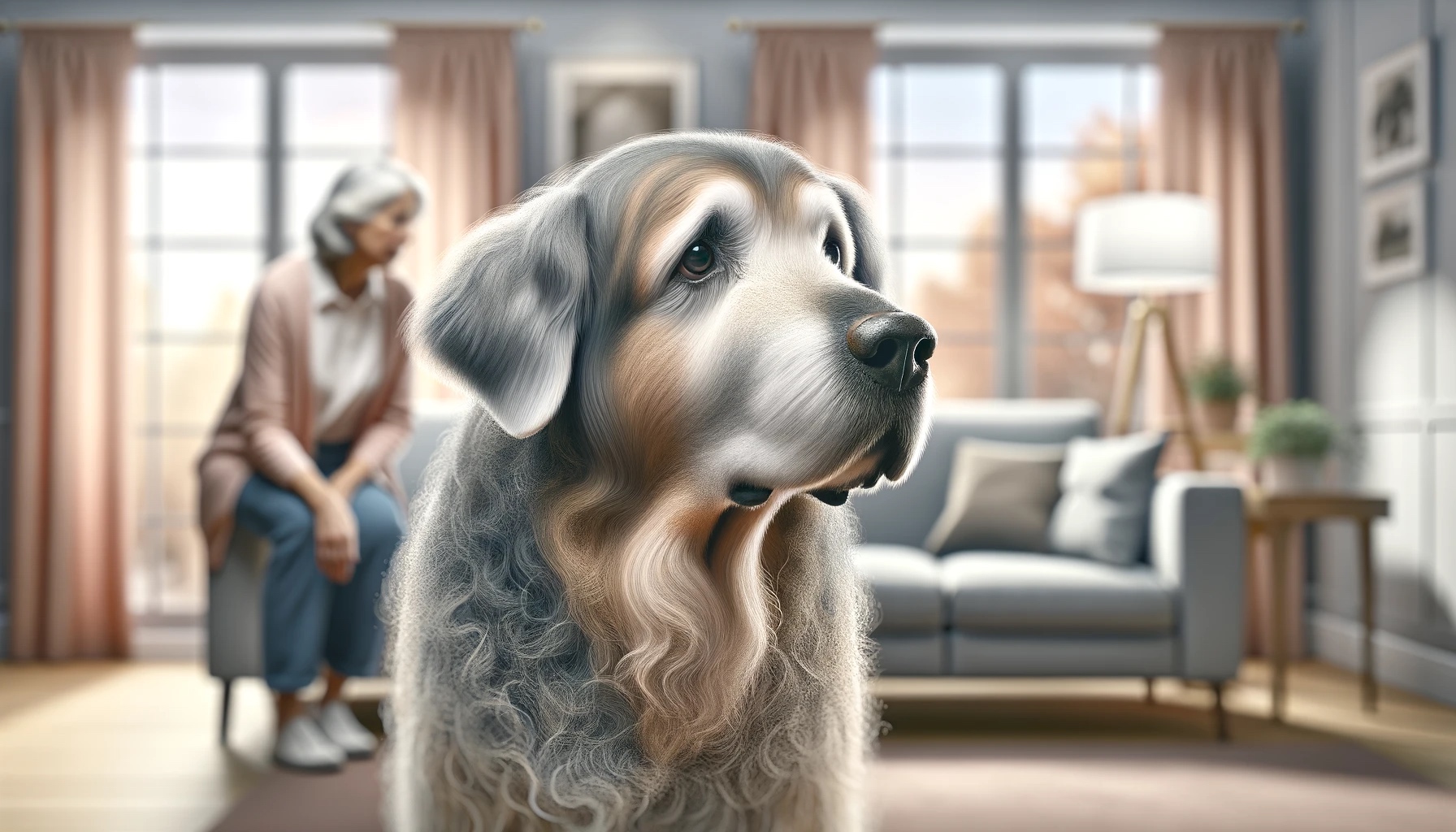Home>Health & Wellness>Common Health Issues>Neurological Health>Understanding Strokes in Senior Dogs: A Comprehensive Guide


Neurological Health
Understanding Strokes in Senior Dogs: A Comprehensive Guide
Published: November 22, 2023
Learn how to recognize the signs and symptoms of strokes in senior dogs, as well as key care and recovery tips for your aging canine companion.
(Many of the links in this article redirect to a specific reviewed product. Your purchase of these products through affiliate links helps to generate commission for Pawsomeoldies.com, at no extra cost. Learn more)
When it comes to our aging canine companions, being aware of serious health conditions like strokes is crucial. Strokes in old dogs, while not as common as in humans, can still occur and understanding their causes, symptoms, and treatment options is essential for any responsible dog owner. This guide aims to provide a thorough insight into strokes in senior dogs, helping you to recognize the signs and know the steps to take for their care and recovery.
What Causes Strokes in Old Dogs?
Strokes in dogs, particularly in their senior years, can be attributed to various factors:
- Blood Clots: The most common cause, is where a clot blocks blood flow to the brain.
- Bleeding: Caused by conditions like high blood pressure or a brain injury.
- Underlying Health Issues: Heart disease, kidney disease, Cushing’s disease, or diabetes can increase stroke risk.
Recognizing the Symptoms: Early Detection is Key
Identifying a stroke early can significantly improve the outcome for your dog.
- Sudden Imbalance: Difficulty standing or walking straight.
- Head Tilt: A noticeable tilt to one side.
- Eye Abnormalities: Changes in eye movement or appearance.
- Behavioral Changes: Sudden confusion, lethargy, or unresponsiveness.
- Seizures: In severe cases, strokes can cause seizures.
Treatment and Aftercare: Supporting Your Dog’s Recovery
Treatment for a stroke in dogs focuses on managing the underlying cause and supporting recovery.
- Veterinary Care: Immediate veterinary attention is crucial for diagnosis and treatment.
- Medication: Depending on the cause, medications may be prescribed to manage symptoms and prevent future strokes.
- Rehabilitation: Physical therapy and exercises can help regain lost functions.
- Diet and Lifestyle Changes: Adjustments to diet and lifestyle can aid in recovery and prevent future strokes.
Paws of Resilience: Embracing the Recovery Journey
While the occurrence of a stroke in an old dog can be a challenging experience, with the right care and attention, many dogs can recover and continue to lead happy, fulfilling lives.
Frequently Asked Questions
- Can dogs fully recover from a stroke?
- Many dogs can make a significant recovery, though some may have lasting effects.
- How can I prevent strokes in my dog?
- Regular veterinary check-ups, a healthy diet, and managing underlying health conditions can reduce the risk.
- Are certain dog breeds more prone to strokes?
- Strokes can occur in any breed, but older dogs and those with certain health conditions are at higher risk.
- What is the difference between a stroke and vestibular disease in dogs?
- Vestibular disease often mimics stroke symptoms but usually involves the inner ear and balance system.
- How long does it take for a dog to recover from a stroke?
- Recovery time varies, but improvements are often seen within a few weeks.
For more detailed information, you can refer to the American Kennel Club’s guide on strokes in dogs1 and other reputable sources.
